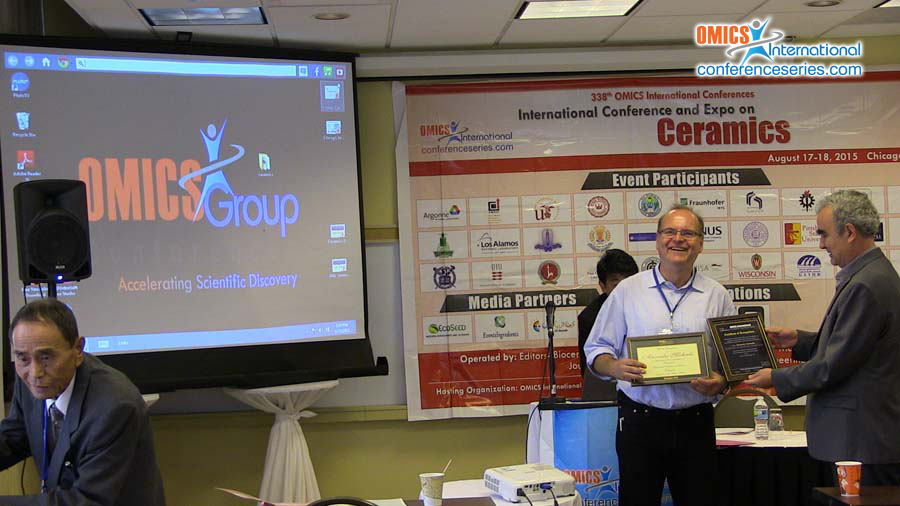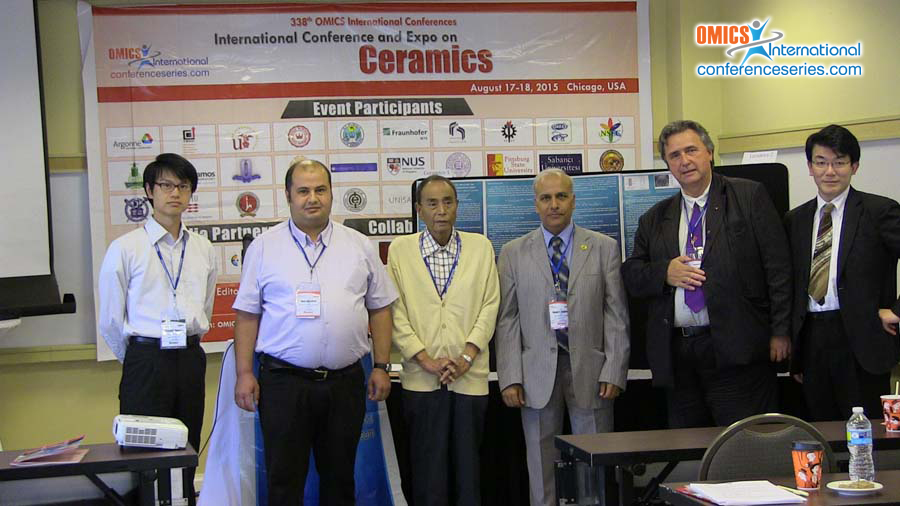
Biography
Biography: Marius Stan
Abstract
Modern society has increasing energy needs that require new materials with significantly improved properties. Advanced mathematical modeling and high performance computer simulation, coupled with experimental validation, contribute to enhancing the understanding of the complex phenomena that occur in materials at multiple time and length scales. This presentation reviews recent computational materials science results focused on improving the understanding of heat and chemical (oxygen, fission products) transport in uranium oxide – a ceramic material of high importance for nuclear energy applications. After a brief description of the multi-scale methodology – density functional theory (DFT+U), molecular dynamics (MD), and continuum (FEM) methods – recent results capturing temperature effects and the impact of defects on oxygen diffusivity and thermal conductivity of UO2 are discussed, with an emphasis on the complezxity of the physics and chemistry of the material. The results show a strong driving force for oxygen interstitials to form clusters, wth significant impact on the properties of the UO2 fluorite phase and neighboring compounds. The diffusion properties are a function of the cluster size, with the large clusters exhibiting high mobility through a multi-step mechanism. Experimental validation is also examined, especially the need for dedicated validation experiments. The presentation ends with a discussion of opportunities in the high-performance computing space for improved simulations of heat and chemical species transport in ceramics in general, and in UO2 in particular.




